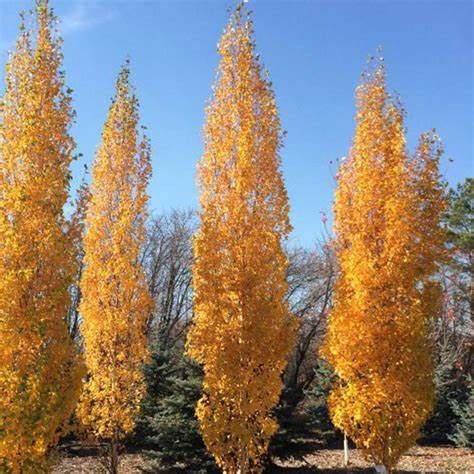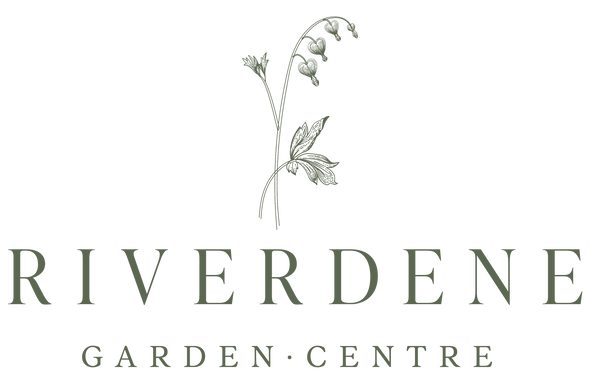Riverdene Garden Center
Parkland Pillar Birch
Parkland Pillar Birch
Couldn't load pickup availability
Betula platyphylla 'Jefpark' Parkland Pillar®
Parkland Pillar Birch is a narrow, upright, fast-growing birch tree with striking white bark, bright green foliage, and golden-yellow fall color. It is cold-hardy (Zone 3), drought-tolerant, and resistant to bronze birch borer, making it an excellent choice for prairie climates, small yards, windbreaks, and vertical accents in Southwest Saskatchewan.
Planting & Location
- Hardiness Zone: 3-7 (well-suited for cold prairie winters)
- Mature Size: 30-40 feet tall, 6-8 feet wide
- Growth Rate: Fast (2+ feet per year under ideal conditions)
- Sunlight Needs: Full sun to partial shade (best in at least 6 hours of sun)
-
Soil Preference:
- Prefers moist, well-drained loamy soil.
- Tolerates clay, sandy, and alkaline soils if well-draining.
- Avoid waterlogged or extremely dry soil—consistent moisture is ideal.
- Spacing: 6-8 feet apart for a hedge or windbreak, 10-12 feet apart for individual plantings.
Watering
- Young Trees (First 2-3 Years): Water deeply once per week to encourage deep root growth.
- Established Trees: Water every 2-3 weeks in dry periods.
- Drought Tolerance: Moderate—benefits from occasional deep watering in hot summers.
Fertilizing
- First Year: No fertilizer needed—focus on root development.
-
Mature Trees:
- Apply a slow-release balanced fertilizer (e.g., 10-10-10) in early spring if growth slows.
- Organic alternative: Compost or well-rotted manure applied as mulch.
Pruning & Maintenance
- Best Time to Prune: Late winter to early spring, before the sap starts flowing.
-
How to Prune:
- Remove dead, diseased, or crossing branches.
- Maintain a strong central leader and avoid heavy pruning.
- Do not prune in late spring or early summer, as birch trees bleed sap heavily.
Pest & Disease Management
Resistant to: Bronze Birch Borer, which is a common problem for other birch varieties.
Common Pests:
-
Aphids – Can cause leaf curling and sticky honeydew.
- Solution: Encourage natural predators (ladybugs) or spray with insecticidal soap.
-
Leaf Miners – Can cause brown blotches on leaves.
- Solution: Prune out affected leaves if needed.
Common Diseases:
-
Leaf Spot (Marssonina betulae) – Causes brown spots on leaves.
- Solution: Improve air circulation and remove fallen leaves.
-
Anthracnose – Fungal disease causing leaf blight in wet conditions.
- Solution: Avoid overhead watering and prune to improve airflow.
Winter Protection
- Young Trees: Wrap the trunk with burlap or tree guards to prevent sunscald and frost cracks.
- Mulching: Apply 2-4 inches of mulch around the base (not touching the trunk) to insulate roots.
- Rodents & Deer: Use tree guards to prevent bark damage in winter.
Landscape Uses
Perfect for small yards and narrow spaces
Fast-growing and excellent as a privacy screen or windbreak
Bright green foliage in summer, turning golden-yellow in fall
Beautiful white bark adds year-round interest
Resistant to Bronze Birch Borer
Additional Notes:
- Parkland Pillar Birch is one of the best upright birch trees for cold climates, thriving in urban and rural landscapes alike.
- Lifespan: 30-50 years with proper care.
- Works well as a specimen tree, in rows for screening, or as a focal point in landscapes.
Photo courtesy of Foothills Nursery
Share


